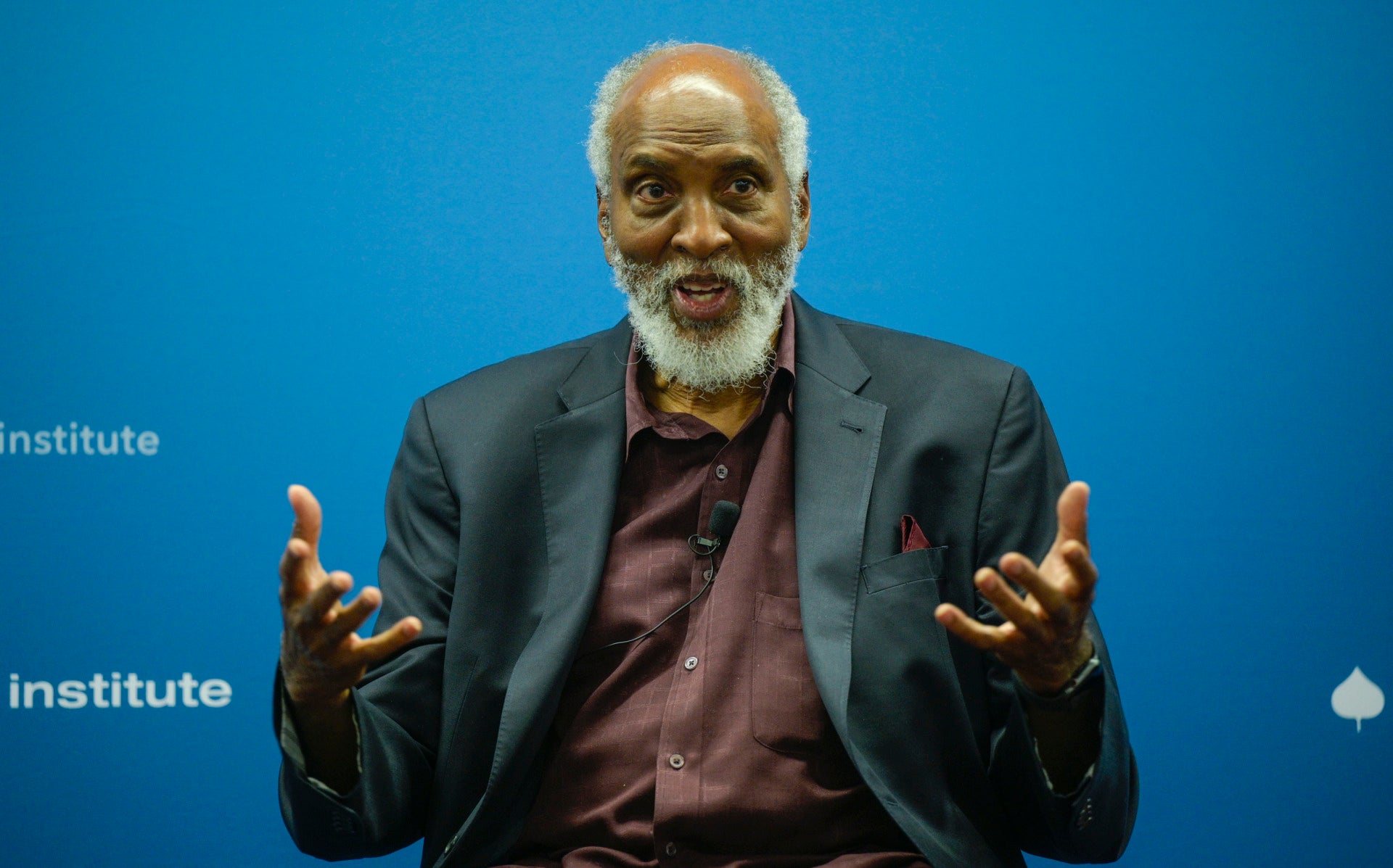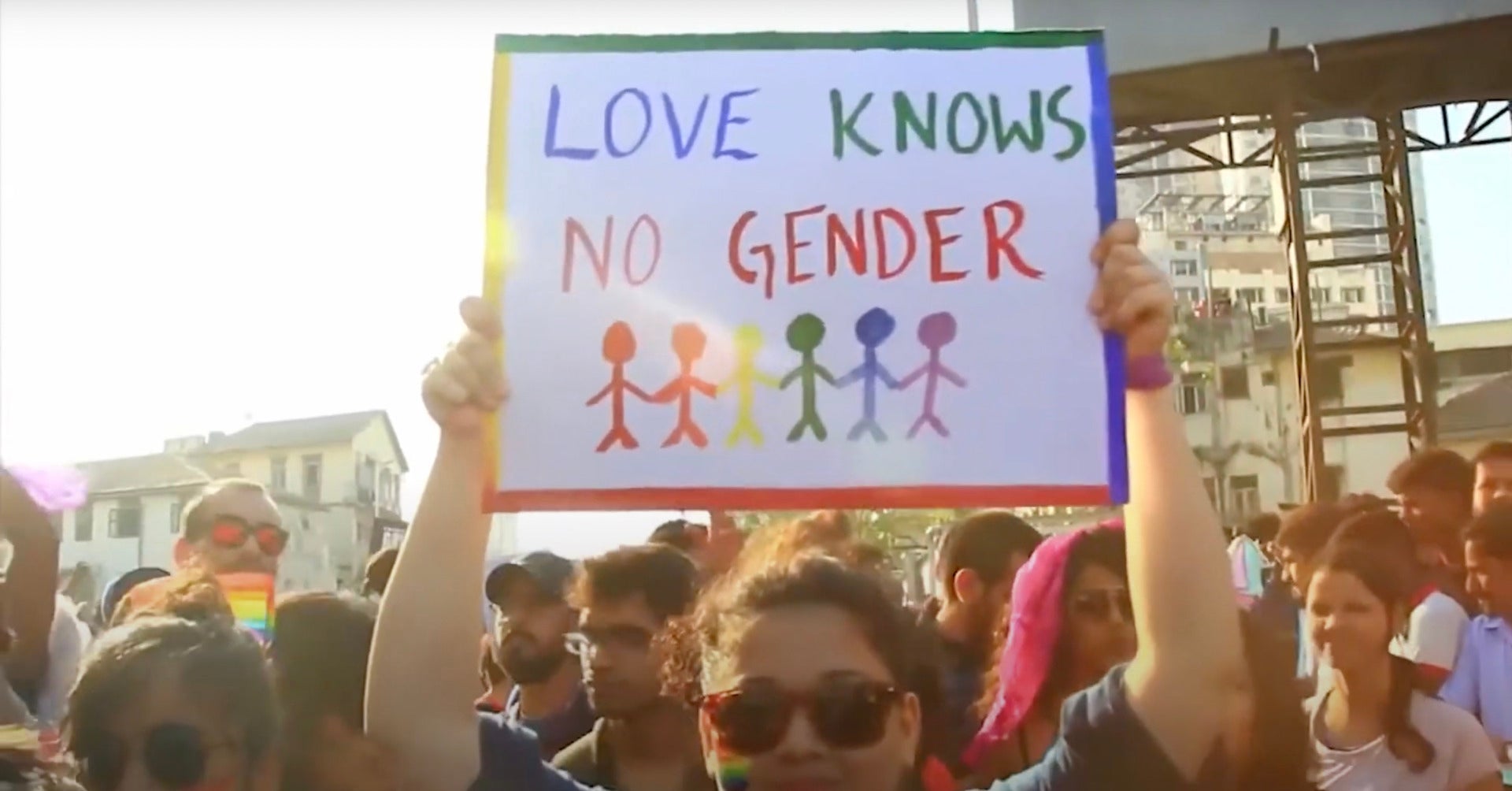The recent election has brought many democratic issues into stark relief—among them freedom of speech, freedom of religion, freedom of assembly, freedom of the press, and the power of citizenship. It’s become very clear in the wake of the election that Americans are separating into groups with their own worldview, their own sources, and their own facts. We have lost sight of the vital connection between the symbols, texts, sounds, places, ideas and artifacts that make up the fabric of this nation and the present.We at the Aspen Institute Citizenship & American Identity Program think building a foundation of common knowledge is an antidote to this trend. That’s why we created What Every American Should Know, an initiative that asks Americans to answer the question: “What do you think Americans should know to be civically and culturally literate?”
This series of blogs highlights answers to this question from Institute partners and leaders from around the United States, exploring how in an age of increasing diversity and widening inequality, this country can cultivate a sense of shared destiny and common civic purpose. Ruby Shamir is a writer and literary researcher based in New York City. Currently, she is writing a series of children’s books on American history and civics published by Philomel, an imprint of Penguin Young Readers. Her most recent book is What’s the Big Deal About Freedom (2017). Ruby aided in the researching and editorial planning of many high profile non-fiction titles, including books by Hillary Clinton, Chelsea Clinton, Sonia Sotomayor, and Tom Brokaw. Ruby’s public policy and political experience includes working at the White House for three and a half years and leading Hillary Rodham Clinton’s New York Senate office.
The best way to commemorate our complex, messy American story is to study it, to learn uncomfortable truths about America’s conflicted leaders, and to probe for the stories of unknown heroes—some fierce, some simply fed-up—who devoted their lives to make this country more fair and free. The people briefly profiled here may not have had their likenesses set in bronze, but their stories are testaments to progress in our grand American enterprise.
During the hot Philadelphia summer of 1776, when Thomas Jefferson authored the Declaration of Independence, he was attended by a 14-year old enslaved boy. Robert Hemings was one of more than one hundred enslaved people that Jefferson owned when he wrote the words that launched American independence. Years later, Hemings would become the first enslaved person to whom Jefferson granted freedom. As is the case for countless enslaved people, we don’t know enough about Robert Hemings’ life, though we do know that his mother Elizabeth Hemings was also Sally Hemings’s mother. But if history accounts for Jefferson’s brief consultations with John Adams and Benjamin Franklin after drafting the Declaration in solitude, it’s just as important to know that Robert Hemings was at his side the whole time.
Despite the circumstances of its drafting, despite the fact that American slavery was alive and well, the Declaration of Independence itself unleashed a belief in those who came across it of their own humanity. Just four years after the Declaration was signed, Elizabeth Freeman, who was born and lived as an enslaved person, sued her slaveholder for her freedom based on the idea that “all men are created equal” and she won! This case helped the state of Massachusetts eventually end slavery. One of Freeman’s great grandchildren would turn out to be the civil rights leader WEB Du Bois.
There were thriving communities of free black Americans in pockets of the country, and they grew as slavery was abolished in the northern states. Samuel Cornish was an African American born into freedom in 1795 in Delaware. He became a Presbyterian minister and later an editor for the first black-owned and -operated newspaper in the country, Freedom’s Journal. Cornish and his co-editor John Russworm established the paper “to plead our case. Too long have others spoken for us.” Debuting in 1827 in New York City, Freedom’s Journal provided its readership profiles of accomplished African Americans, entreaties to civic engagement, and even banalities such as birth and death announcements that wouldn’t get published elsewhere. Though short-lived, the journal inspired the birth of some 40 other black papers throughout the country by the time of the Civil War.
During the Civil War, enslaved people freed by the Emancipation Proclamation joined Union forces, but the front line was not the only place to fight. George Washington Albright was born into slavery in Mississippi. When he was a teenager he joined the Lincoln’s Legal Loyal League, also known as the 4Ls — a secret society of enslaved people who risked their lives to spread the word about the Proclamation, that pivotal document Abraham Lincoln signed which freed those who were enslaved in Confederate states. At night, he would sneak into the slave quarters of neighboring plantations and announce that slavery was over. Years later he was elected a state senator from Mississippi.
In the antebellum period, women had been agitating for decades for the right to vote, but the suffrage movement stalled during the Civil War. Lucy Stone was the feminist speaker whose words persuaded Susan B. Anthony to dedicate herself to the cause at an early assembly of like-minded activists. After the war, a bitter schism arose amongst suffragists—whether or not to support the 15th Amendment to enfranchise black men even though it excluded women from the right to vote. Stone stood steadfastly with Frederick Douglass to support the 15th Amendment saying, “We are lost if we turn away from the middle principle and argue for one class… I thank God for the Fifteenth Amendment and hope that it will be adopted in every state.” Stone’s organization is credited with the painstaking state-by-state work that eventually secured women’s suffrage.
After years of organizing and struggle, many states passed their own suffrage bills and in June 1919 Congress finally passed the 19th amendment to grant women the right to vote. In the summer of 1920, its fate hinged on a vote in the Tennessee House of Representatives. It had passed 35 states and needed one more to become law, but had just been defeated in Delaware. Suffragists and anti-Suffragists descended on Nashville to lobby local elected officials. Harry Burn, a young freshman House member, had appeared to side with the antis—wearing a red rose on his lapel to signify his stance. But on the morning of the vote he clutched a letter from his mother, Phoebe Ensminger Burn, who insisted that he “be a good boy” and vote for ratification. To the shock of all in the chamber, he did! A quarter century after Lucy Stone’s death, women finally won the right to vote.
If America had its patriotic mothers and “good boys,” it also, thankfully, had its “farbrente Yidishe meydlekh” (fiery Jewish girls). Clara Lemlich devoted her life to fighting for the rights of America’s workers, women, and families. She arrived in New York at age 17 from Ukraine and began working in a shirtwaist factory under deplorable conditions “from sunrise to sunset.” At age 23, she led an unprecedented strike of 20,000 fellow women garment workers despite warnings from older male labor leaders that women couldn’t be trusted to sustain a strike. They underestimated this young woman, whose ribs had been broken by thugs who tried to silence her and who had been arrested 17 times on picket lines. She later led suffrage campaigns amongst working women and organized fellow mothers and wives to fight rent hikes and profiteering on household staples such as milk and meat.
Arrests and jail time sometimes are the only tools available to activists. During World War II, Japanese Americans were forcibly removed from their homes and interned in camps. Gordon Hirabayashi refused to go along with this blatant racial discrimination. As an American-born citizen, he rejected a curfew and later refused to register as a Japanese American at a processing center in opposition to the internment policy. These actions landed him in jail. His lawsuit alleging racial discrimination was rejected by the US Supreme Court in 1943, and he was locked up some more. “My citizenship didn’t protect me one bit. Our Constitution was reduced to a scrap of paper,” he said. More than forty years later, Hirabayashi’s case was revisited and his convictions were overturned. “I never look at my case as just my own, or just as a Japanese-American case. It is an American case, with principles that affect the fundamental human rights of all Americans.”
About a decade later, the Supreme Court started to change course and the cultural landscape began to tilt in support of civil rights. But before the historic 1954 Brown vs. Board of Education ruling against school segregation, there was the 1946 California case of Mendez vs. Westminster. When nine-year old Sylvia Mendez was refused entry to her local “whites-only” school, her parents Gonzalo and Felicitas Mendez, of Mexican and Puerto Rican heritage respectively, joined several other families to file suit against the school district. The NAACP filed an amicus brief in support of their case, and the Mendezes won. Eight years later, the NAACP lawyer who drew up the amicus brief, Thurgood Marshall, would use similar arguments in the groundbreaking Brown suit.
But segregation and discrimination persisted, if not quite as formally. Through his research, Dr. Robert Bullard discovered that neighborhoods all over the country that were predominantly populated with minorities were also disproportionately the sites for hazardous waste facilities. His discovery of this pattern, helped pioneer the environmental justice movement, which connected the dots between civil rights and environmental and public health concerns. He said, “Just because you’re poor, just because you live physically on the wrong ‘side of the track’ doesn’t mean that you should be dumped on.”
What do these men and women share? A few were national figures, some modest reformers, others local civic activists. All embody American freedom, and the contradictions and failures that birthed and nurtured it; the struggles and setbacks overcome by individual and collective courageous acts. All were inspired, emboldened, or simply buoyed by the freedoms and responsibilities enshrined in our founding documents, which laid the groundwork for a society uniquely adaptable and innovative. Encoded in their trials and triumphs is a guide for today’s activists and tomorrow’s heroes. Learning and telling these stories is a potent reminder that each of us has the power and the means to effect change.


